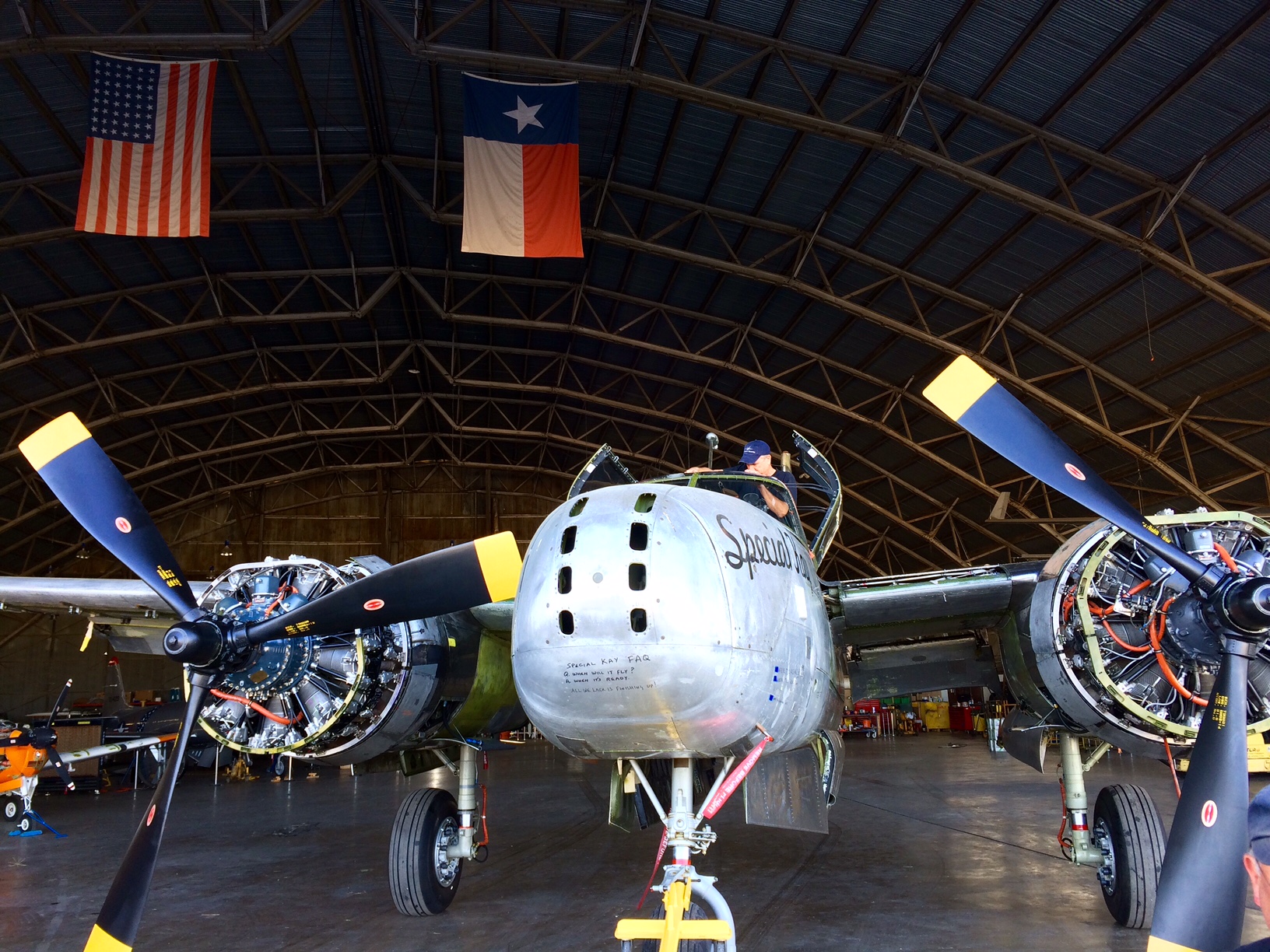
On Saturday, July 9th, after a six year restoration, the last flyable Douglas B-26K/A-26A Counter Invader will be rolled out from her hangar for her first engine starts. The unveiling will take place at the Vintage Flying Museum located at Meacham Airport, Fort Worth, Texas, this Saturday at 9 am. Saturday is also open house at the museum and the day will be filled with many other activities.
The museum’s Counter Invader, nicknamed Special Kay, will be a tribute to the veterans who flew and maintained these highly modified, former WWII bombers during the Viet Nam War. July 9th is significant as it is the 74th anniversary of the type’s first flight in 1942. Between 1964 and 1965, OnMark Engineering heavily modified forty WWII-vintage Douglas Invaders for the CIA and US Air Force to become the B-26K Counter Invader. The modifications included, among other things, strengthened wings, dual controls, uprated engines, wing tip fuel tanks and a plethora of hard points for various types of ordinance on the outer wing panels.
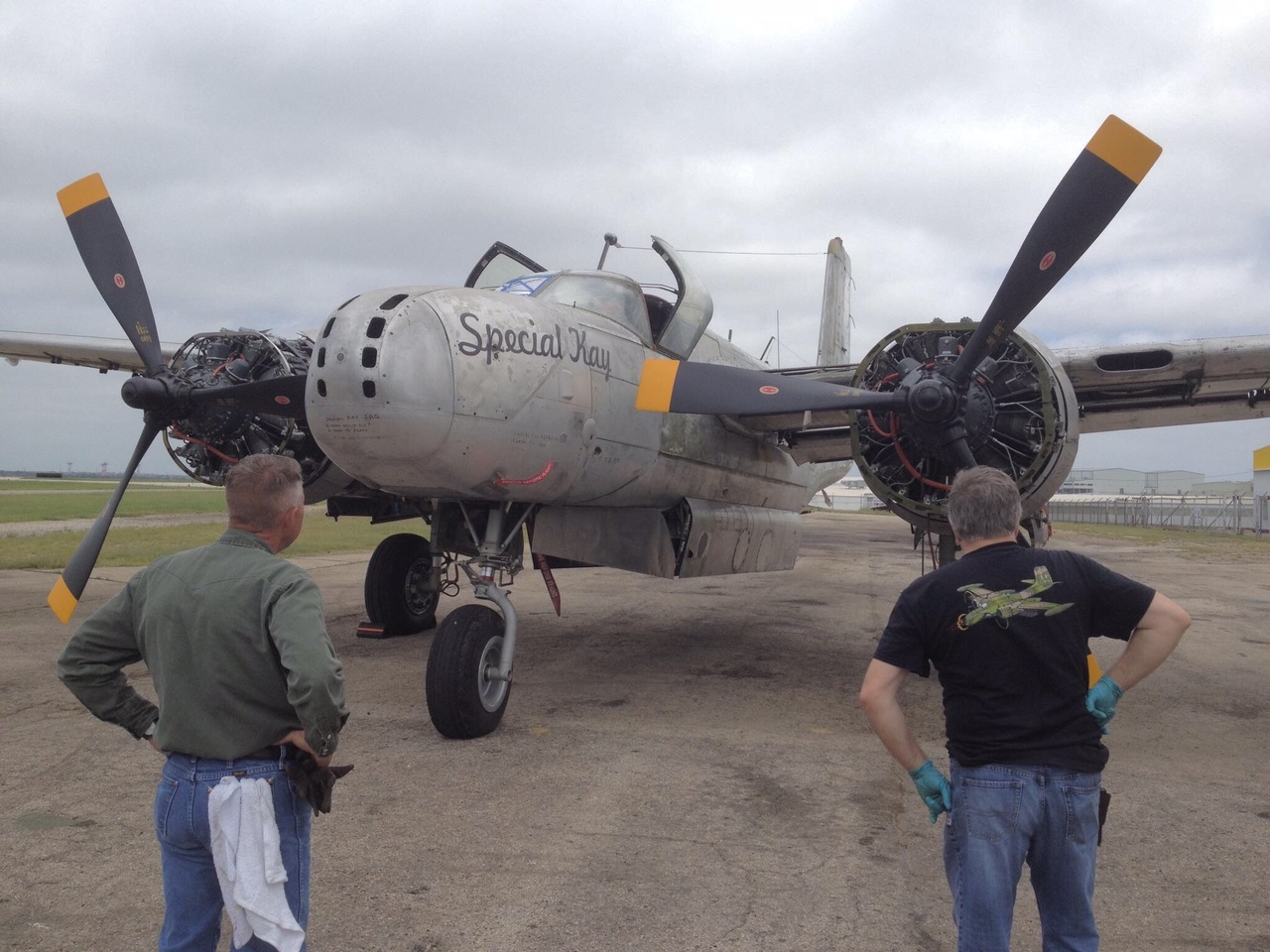
Special Kay began her life as an A-26B, rolling off the Douglas production line in March, 1945 with the serial 44-34198. The US Air Force selected her for modification to B-26K standard in 1964. She was the last Counter Invader off the OnMark production line, and rejoined the USAF inventory as 64-17679 in April, 1965. The A-26 is the only combat aircraft to be used in WWII, Korea and Vietnam making it a three war veteran.
This year also marks the 50th anniversary for the arrival of the first eight Counter Invaders to Nakhon Phanom Royal Thai Air Force Base near Bangkok, Thailand. The bombers took part in night operations during the secret war over Laos for disrupting North Vietnamese supply lines to South Viet Nam. The US changed the designation for the Counter Invader from B-26K to A-26A just prior to their deployment to Thailand.
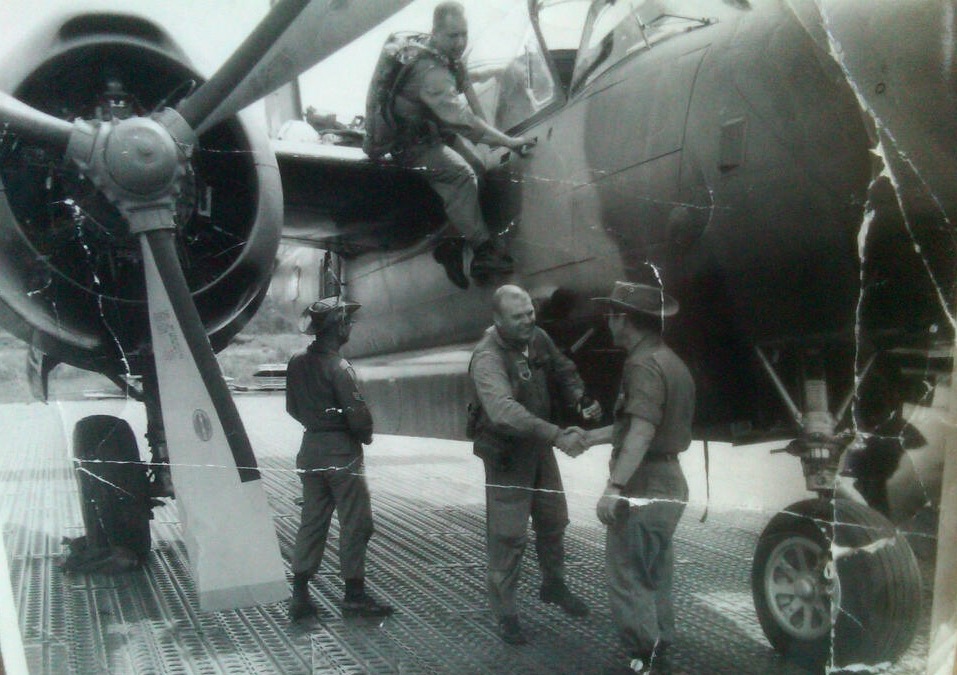
(photo via Jim Reynolds)
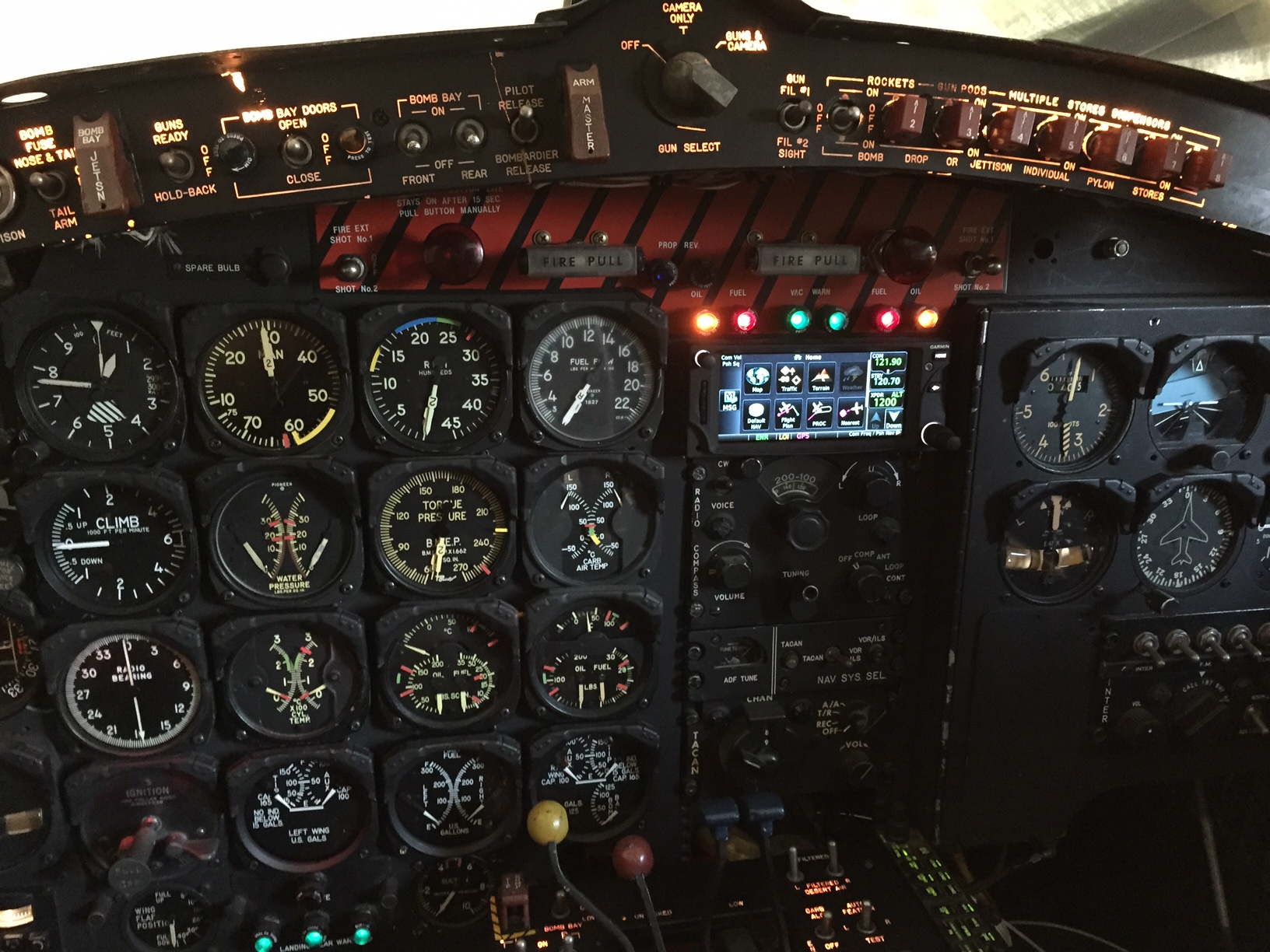








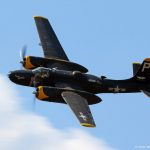
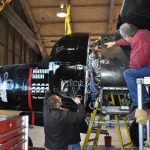
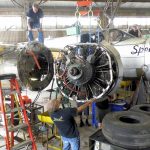
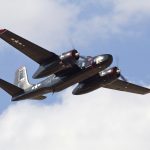
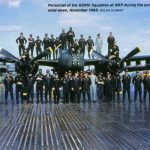

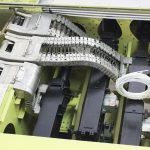
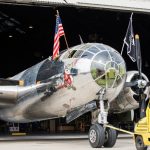
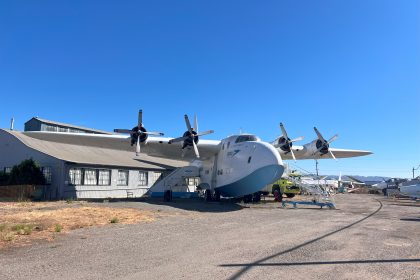
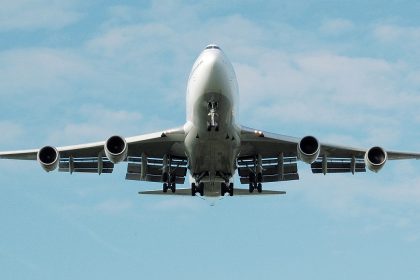
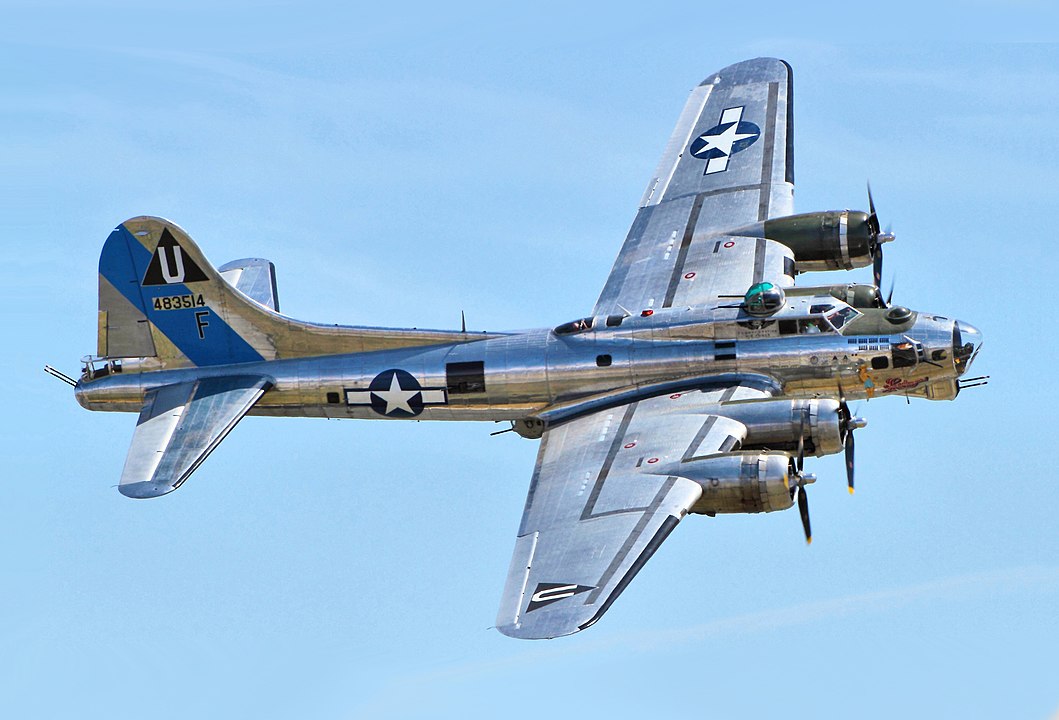
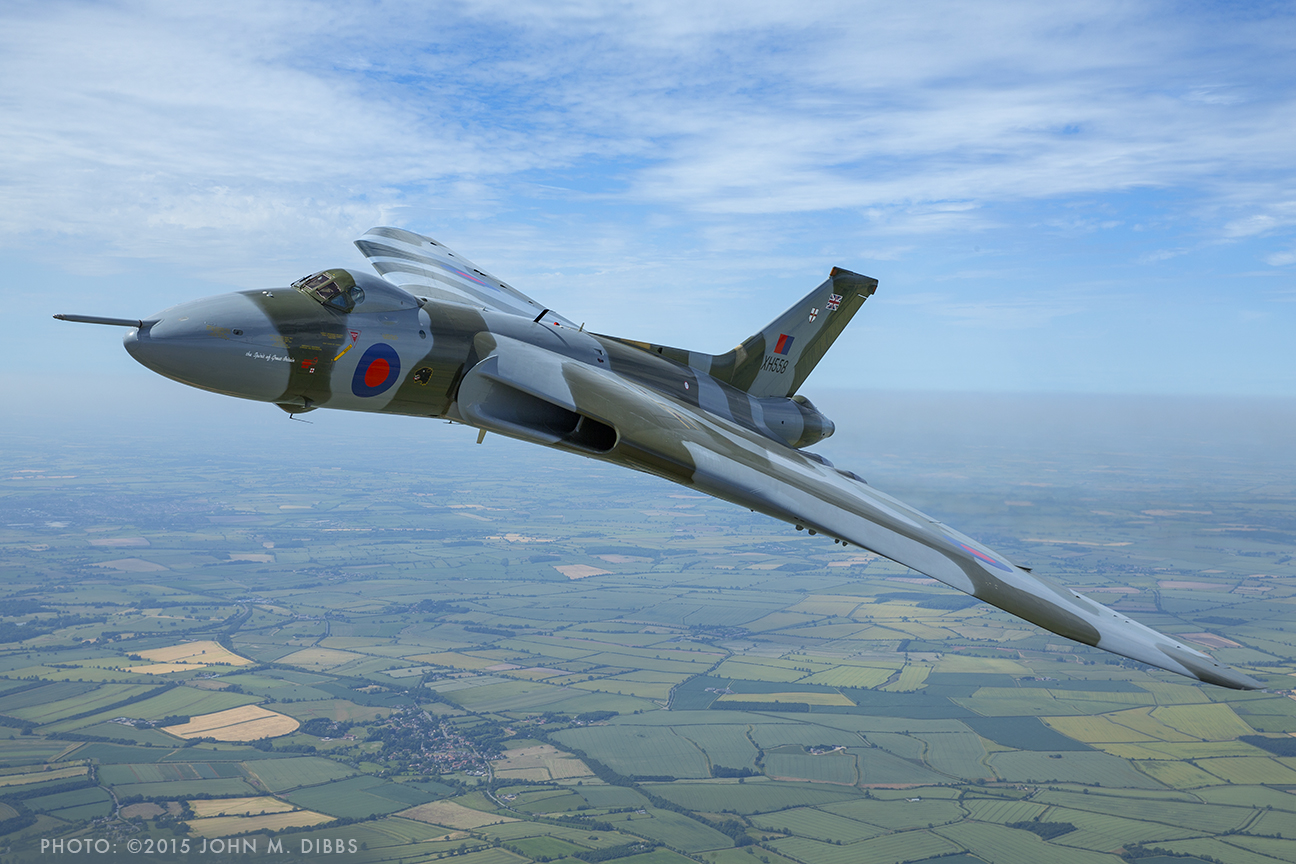

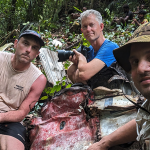
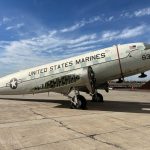
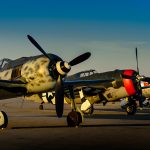
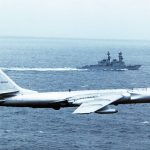
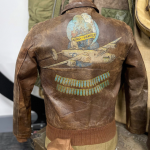



Roll out a map of Thailand and point out to us all where Nakhon Phanom Royal Thai Air Force Base is “near” Bangkok.
NKPRTAFB was located in northeast Thailand about 8 miles from the Mekong River which serves as the border between Thailand and Laos.